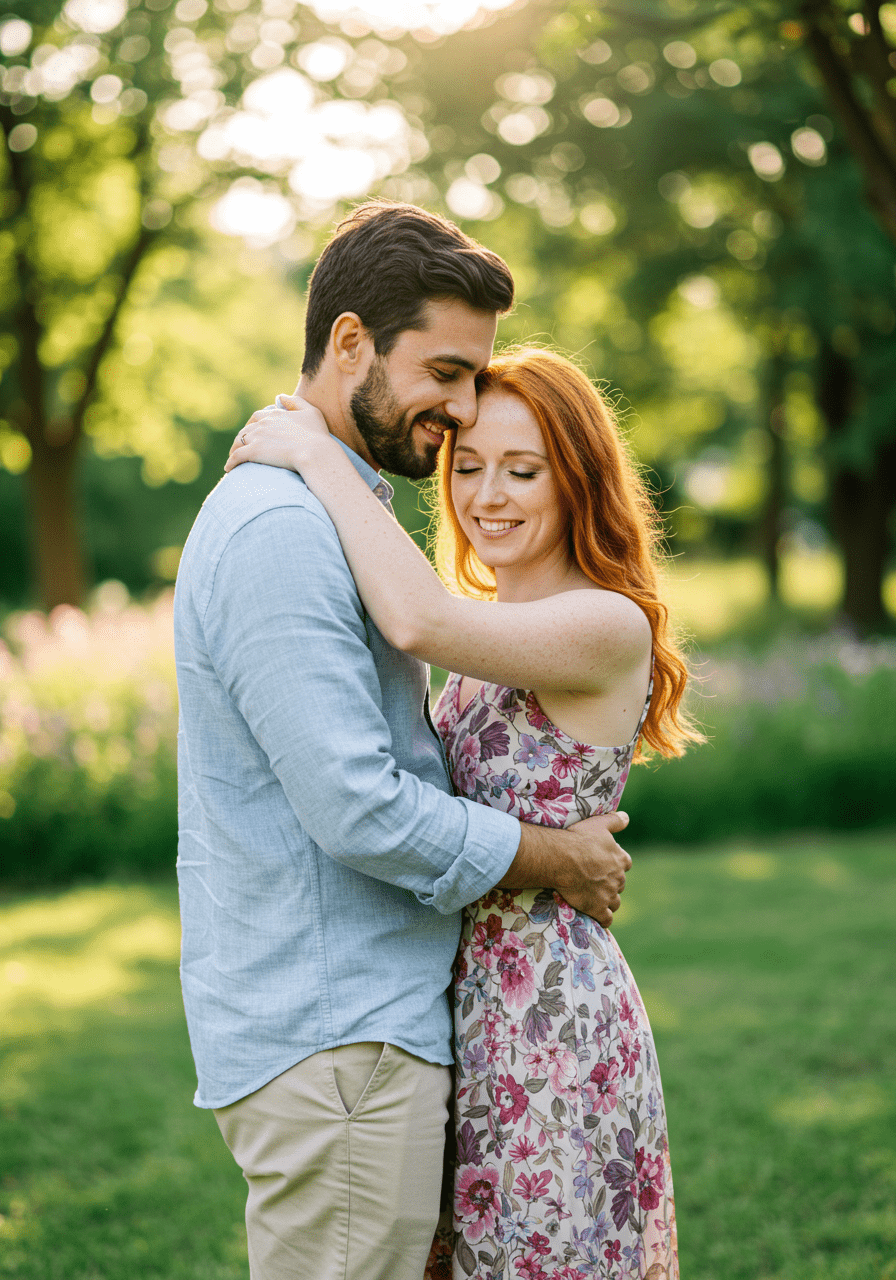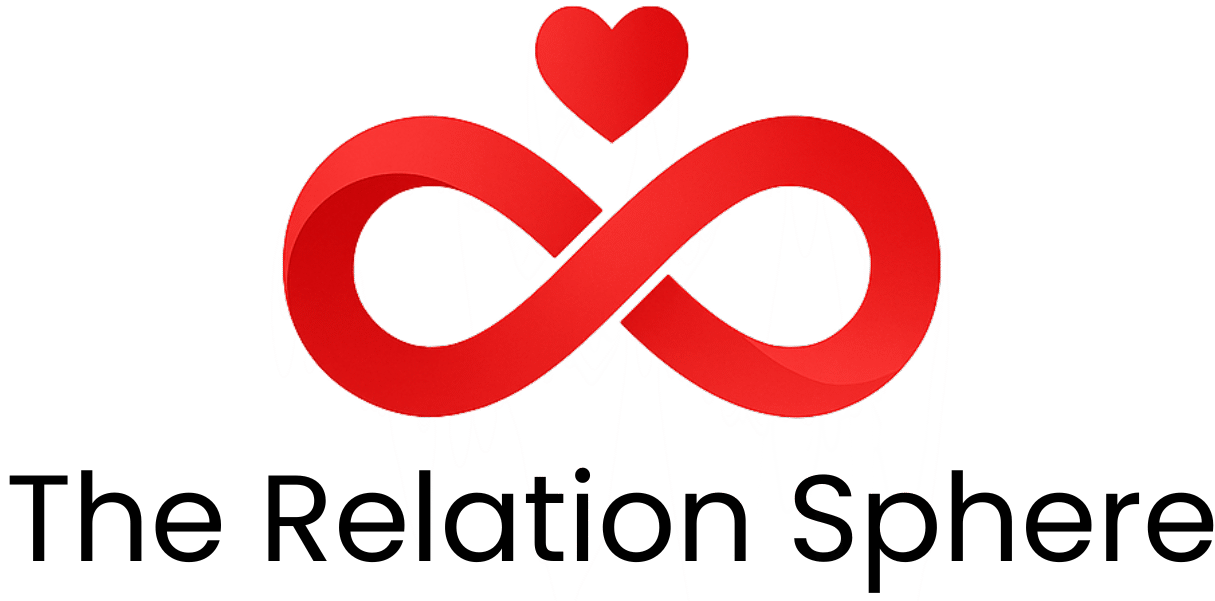1. Introduction
Understanding the crucial distinction between trauma bonding and true love is vital for anyone navigating the complexities of romantic and emotional relationships. Many individuals struggle to recognize whether their intense feelings stem from authentic affection or are the result of trauma bonds, which can be insidious and damaging. Recognizing the signs of trauma bonding versus genuine connection allows you to make informed decisions to foster healthier, more meaningful relationships. In this comprehensive guide, we will explore how to tell if you’re trauma bonded versus being truly in love, providing valuable insights, practical tips, and the essential tools needed for healing and growth.
2. What Is Trauma Bonding?
Trauma bonding describes the intense emotional attachment that develops between a victim and their abuser, often characterized by cyclical patterns of abandonment and reassurance. This bond is reinforced through repetitive cycles of manipulation, fear, and intermittent kindness, creating a complex dependency that can be difficult to recognize. People caught in trauma bonds often mistake these tumultuous feelings for true love, confusing emotional chaos with connection. Understanding the dynamics of trauma bonding is crucial for breaking free and pursuing relationships based on mutual respect and genuine affection.

3. How to Know If You’re Trauma Bonded or Truly in Love
Distinguishing between trauma bonds and genuine love requires a keen awareness of your feelings, behavioral patterns, and emotional responses. Several key indicators can help you determine whether your relationship aligns more with toxic dependency or authentic affection:
Relationship Patterns and Behavior
- Trauma Bonded: The relationship cycles through fear, conflict, and fleeting happiness. You may feel trapped, anxious, or emotionally dependent on your partner’s unpredictable behavior.
- Truly in Love: The relationship is built on mutual respect, trust, and a supportive partnership that fosters safety and growth.
Emotional State and Feelings
- Trauma Bonded: Emotions are intense yet unstable, often accompanied by confusion, resentment, or fear. You might stay in the relationship despite emotional pain, convinced you can’t live without your partner.
- Truly in Love: Feelings are consistent, calm, and rooted in genuine affection and attachment. There is a profound sense of peace, happiness, and mutual care.
Impact of the Relationship on Your Well-being
- Trauma Bonded: The relationship negatively impacts your mental health, causing feelings of helplessness, low self-esteem, and emotional exhaustion.
- Truly in Love: The partnership enhances your overall well-being, encouraging your personal growth and emotional fulfillment.

4. Key Signs of Trauma Bonding
If you recognize several of the following signs, you may be caught in a trauma bond. These indicators highlight an unhealthy attachment that can prevent genuine love from flourishing:
- Feeling unable to leave the relationship despite ongoing emotional or physical harm
- Justifying abusive or manipulative behaviors due to emotional dependency
- Experiencing a rollercoaster of feelings, with hope turning into disappointment
- Believing that only your partner can meet your emotional needs
- Constantly excusing or rationalizing unhealthy and disrespectful behaviors
Signs of Genuine Love
- Respectful communication and mutual understanding
- Consistent support, honesty, and emotional availability
- Respecting personal boundaries and encouraging individual growth
- Feeling safe, valued, and cared for in the relationship
- Healthy conflict resolution that avoids manipulation or fear tactics
5. How to Break Free from Trauma Bonding
Breaking free from trauma bonds can be arduous but is essential for reclaiming your emotional health. Here are actionable steps to initiate your healing process:
- Acknowledge the problem: Recognize and admit that your attachment is unhealthy and unsustainable.
- Seek support: Reach out to trusted friends, family members, or mental health professionals who can guide you through recovery.
- Establish firm boundaries: Limit or cut contact with the person involved to protect your emotional space.
- Focus on self-care: Engage in activities that nurture your mental, emotional, and physical health. Consider tools like The Seven Principles for Making Marriage Work.
- Work on healing: Consider therapy or counseling to address underlying issues and develop healthier relationship patterns, such as those discussed in healing your sexual self after trauma.

6. Is It Possible to Transition from Trauma Bond to True Love?
While trauma bonding can create a powerful and addictive emotional pull, shifting towards authentic love is achievable through conscious effort, healing, and self-awareness. Rebuilding trust, setting healthy boundaries, and cultivating genuine connection are key components in this transition. It is important to differentiate unhealthy dependence from healthy attachment.
Steps to Foster Healthy Relationships
- Develop self-awareness and recognize your relationship patterns
- Prioritize personal growth and emotional independence
- Engage in open, honest communication with partners
- Focus on mutual respect, trust, and emotional safety
- Seek therapy or counseling to support your healing journey
7. FAQs: How to Know If You’re Trauma Bonded vs. Truly in Love
Q1: Can trauma bonds feel like love?
Absolutely. Trauma bonds can mimic the feelings of authentic love but are actually rooted in emotional dependence, manipulation, and cyclical trauma. Recognizing the difference requires honest self-reflection and understanding of your relationship patterns. For example, consider how emotional control might be mistaken for passion, similar to what is discussed in how draining relationships develop.
Q2: How long does it take to heal from trauma bonding?
The healing duration varies per individual; however, it typically involves therapy, support networks, and dedicated self-work. Healing from trauma bonds can take months or even years, especially if the bond was long-standing and intense. Using recommended resources like Why Men Love Bitches can empower you during this process.
Q3: What are the signs of a healthy relationship?
Healthy relationships demonstrate mutual respect, honest communication, trust, emotional support, and respecting boundaries. Unlike trauma bonds, they foster growth and stability free from fear, manipulation, and emotional exhaustion. For additional insights, explore deepening emotional intimacy.
8. Conclusion
Recognizing whether you’re trauma bonded or genuinely truly in love is a vital step toward emotional well-being and fulfilling relationships. By paying close attention to your feelings, behavioral patterns, and the overall dynamics of your relationship, you can identify unhealthy attachments and take meaningful steps towards healing. Remember, seeking professional help, setting firm boundaries, and practicing self-awareness are foundational tools on the path to authentic love and emotional freedom.


1 thought on “How to Know If You’re Trauma Bonded vs. Truly in Love”